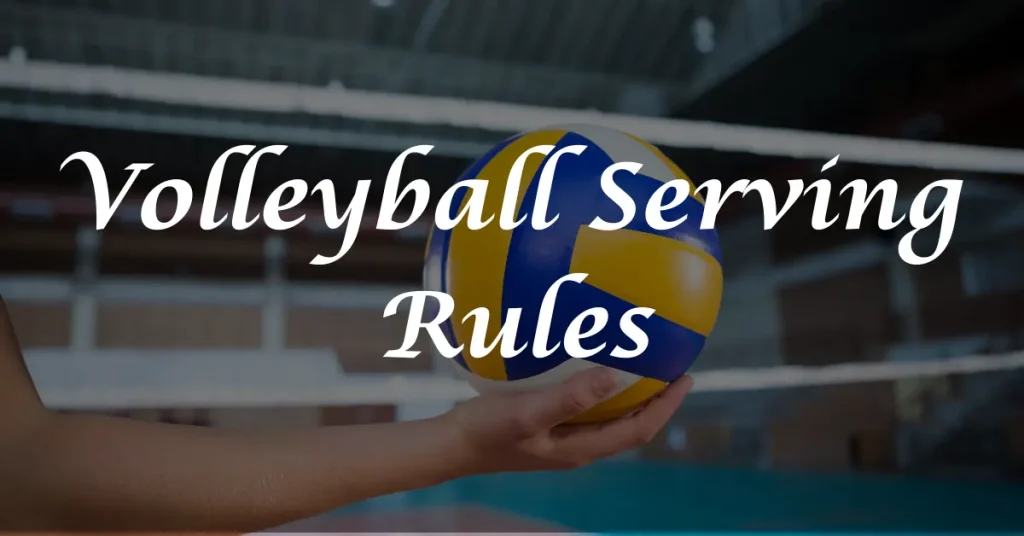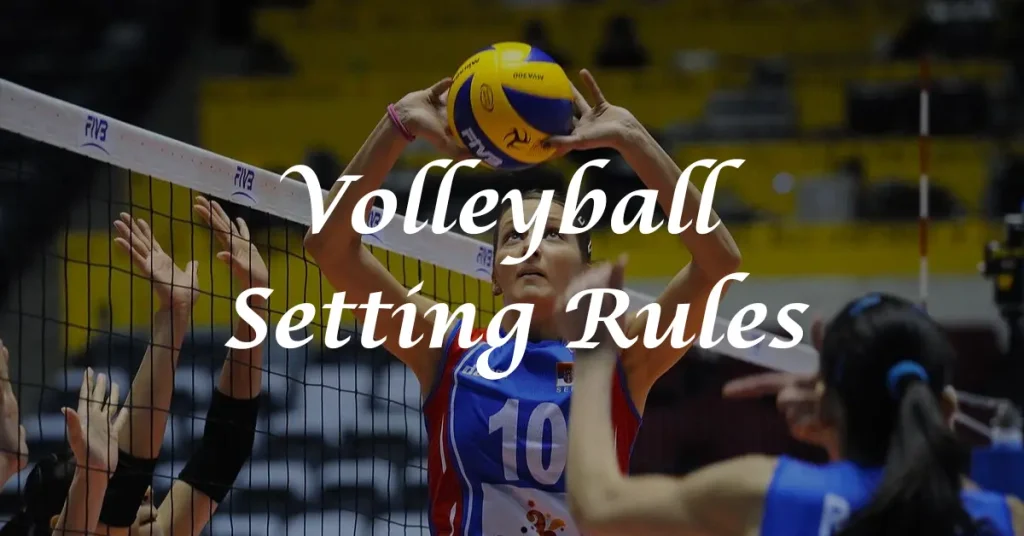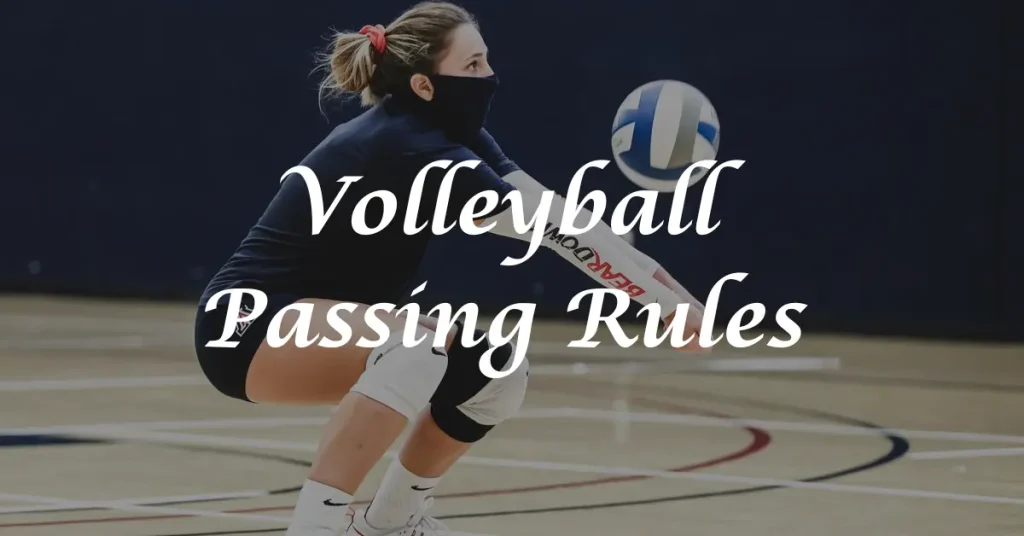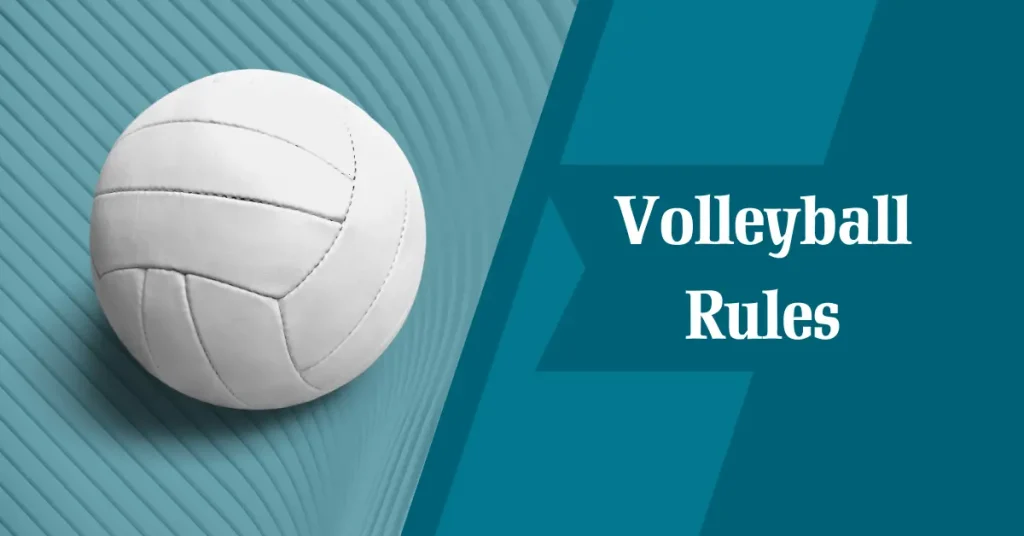Knowing volleyball serving rules is not only one of the game’s most crucial aspects but also where the action begins. Whether you’re a beginner or an experienced player, understanding the rules for serving volleyball is essential to keep the game flowing and ensure fair play.
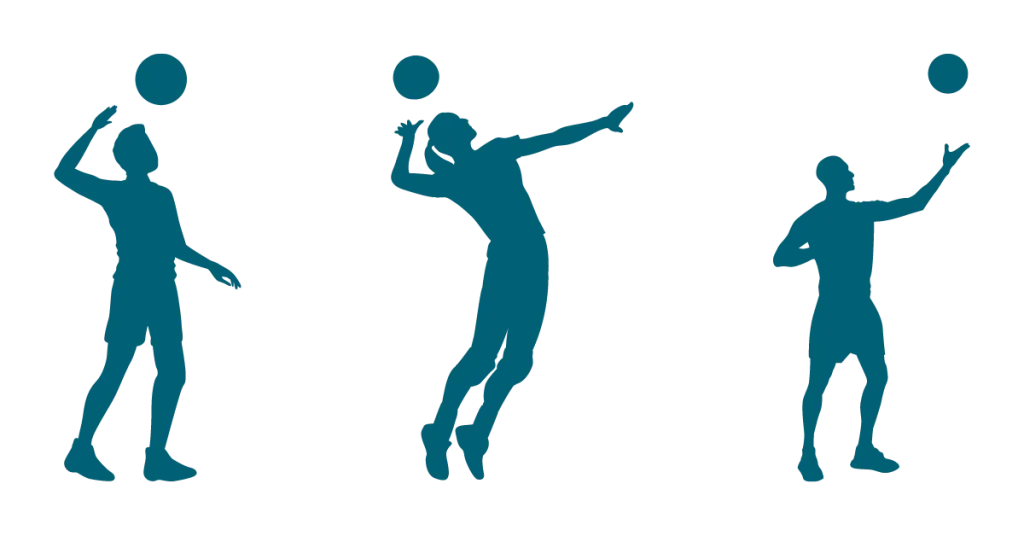
Importance of Serving
Volleyball is a fast-paced sport that requires players to work together as a team. To ensure fair play and show professionalism, it is essential to follow the volleyball rules. Serving is a crucial aspect of volleyball that often sets the tone for the entire game. It’s not just about getting the ball over the net; it’s about strategic placement, power, and precision. A well-executed serve can pressure the opposing team, making it difficult for them to set up an effective attack.
Moreover, serving allows your team to control the tempo of the game. A strong serve can disrupt your opponent’s rhythm and force them into making mistakes. On the other hand, a poorly executed serve can give your opponents an easy opportunity to score points. Additionally, serving provides an opportunity for individual players to shine. A skilled server who consistently puts their serves in play can become a valuable asset to any team.
Types of Serving:
When it comes to serving in volleyball, there are various techniques that players can use to put the ball into play. Each type of service has unique characteristics and advantages, allowing players to strategically choose the best option for their team.Serving Fundamentals
When it comes to serving in volleyball, there are a few fundamental techniques that every player should master. These service fundamentals lay the foundation for a strong and effective service.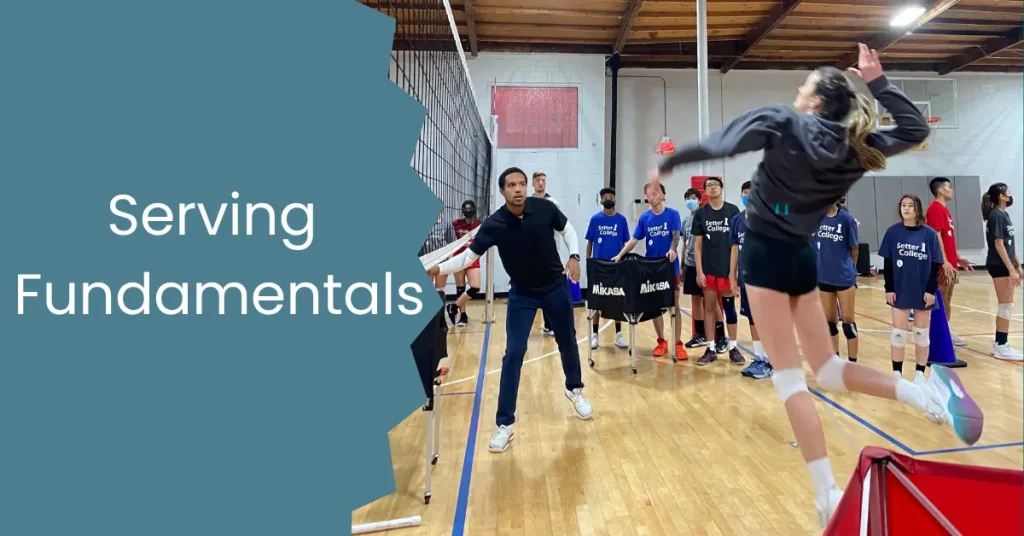
When can a team serve?
According to official volleyball rules, a team can only serve once they have won the right to do so through side-out or winning a rally. Side-out occurs when one team wins a point off their opponent’s serve and gains possession of the ball. This allows them to rotate and gain the opportunity to serve.
Rules for serving a volleyball
Serving is a crucial aspect of the game when it comes to playing volleyball. It is the first contact made with the ball and sets the tone for each rally. Knowing and following the rules for serving is essential to ensure fair play and maximize your team’s chances of success.Serving Order Rules
A serving order is crucial for fair play and maintaining an equal opportunity for both teams, and both team players must rotate positions in a specific order when it’s their turn to serve.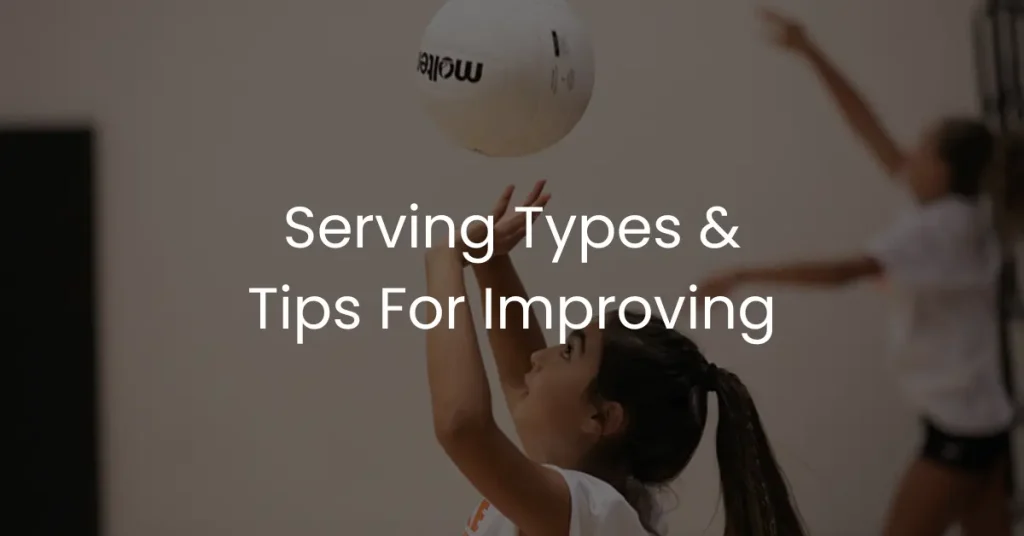
Serving Execution Rules
Serving execution rules play a crucial role in the game of volleyball. They determine how a player should serve the ball and ensure it is done correctly. Here are some important aspects to consider when executing your service.Violations and penalties for improper serving
Violations and penalties for improper serving can significantly impact the outcome of the overall volleyball game. While serving is an essential skill, it’s crucial to understand and abide by the rules to avoid penalties.**To avoid penalties resulting from improper serving techniques, players should thoroughly grasp the fundamentals of proper serving, encompassing footwork, timing, and rotation principles. Consistent practice enhances consistency and minimizes errors, improving overall performance and preventing deductions that could impact match outcomes.**
Can a Team Score a Point During a Serve?
During a volleyball game, a team can score a point during their serve, known as an “ace.” If the serve lands inbounds on the opposing team’s side without being touched, it results in a point for the serving team. However, no point is awarded if the receiving team touches or blocks the serve before it hits their side.
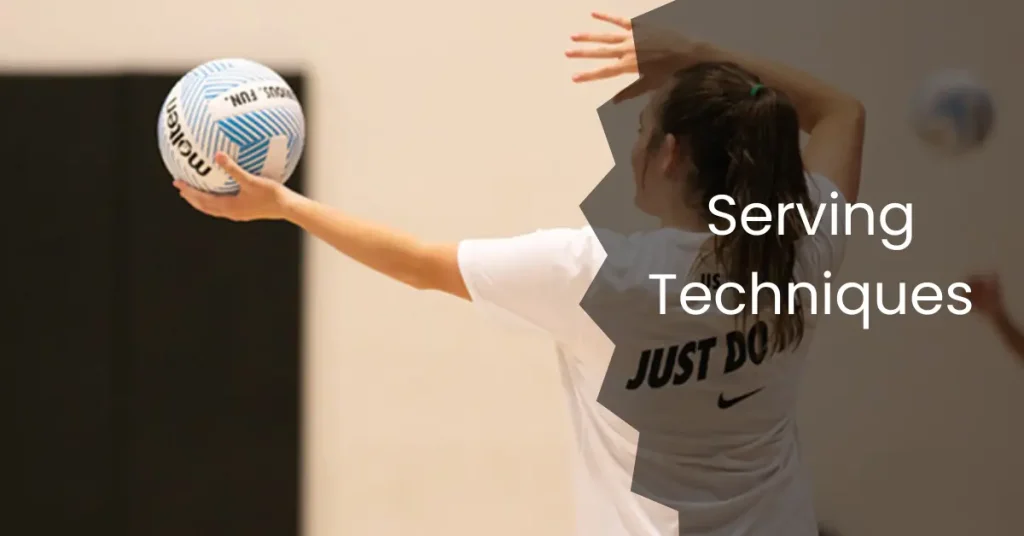
Common Mistakes to Avoid While Serving
Avoiding common mistakes during a service is crucial for success. Here are some errors players often make while serving and how to avoid them.Serving Techniques
Proper serving technique:
Proper serving technique in volleyball is essential for accuracy and power. It begins with strong body positioning, where one foot is placed slightly ahead for stability, knees are bent, and weight is evenly distributed. The arm swing starts with the tossing hand extended above the head while the hitting hand is brought back, transferring weight from the back foot to the front foot and then swinging forcefully forward upon contact with the ball. Using the palm heel at the ball’s midline or slightly higher will ensure consistent and powerful serves, putting pressure on the opponent from the beginning of the rally.
Serving zones and rotations
In volleyball, serving zones and rotations are vital aspects of the game. Players must serve from specific zones behind the end line and rotate to different positions after each successful serve. This rotation system ensures fairness and allows all players to contribute effectively to their team. Not following these rules can result in penalties. Understanding and following proper serving zones and rotations are essential for maximizing effectiveness on the court and maintaining fair play.
Advanced Serving Techniques
While basic serves are effective, advanced techniques can take your game to the next level. These techniques give an edge compared to opponents but require practice and precision. The popular advanced serving techniques are jump serve and float serve. Jump serves, executed with a powerful leap, offer increased speed and spin, while float serves rely on unpredictable movement.

Tips for improving your serving skills:
FAQs:
Conclusion:
In final words, mastering volleyball serving rules and techniques is essential for players at all levels. Understanding the fundamentals, serving order, execution rules, and common mistakes ensures fair play and maximizes a team’s success. By practicing regularly, experimenting with different serves, and seeking feedback, players can enhance their serving skills and contribute significantly to their team’s performance on the court.

